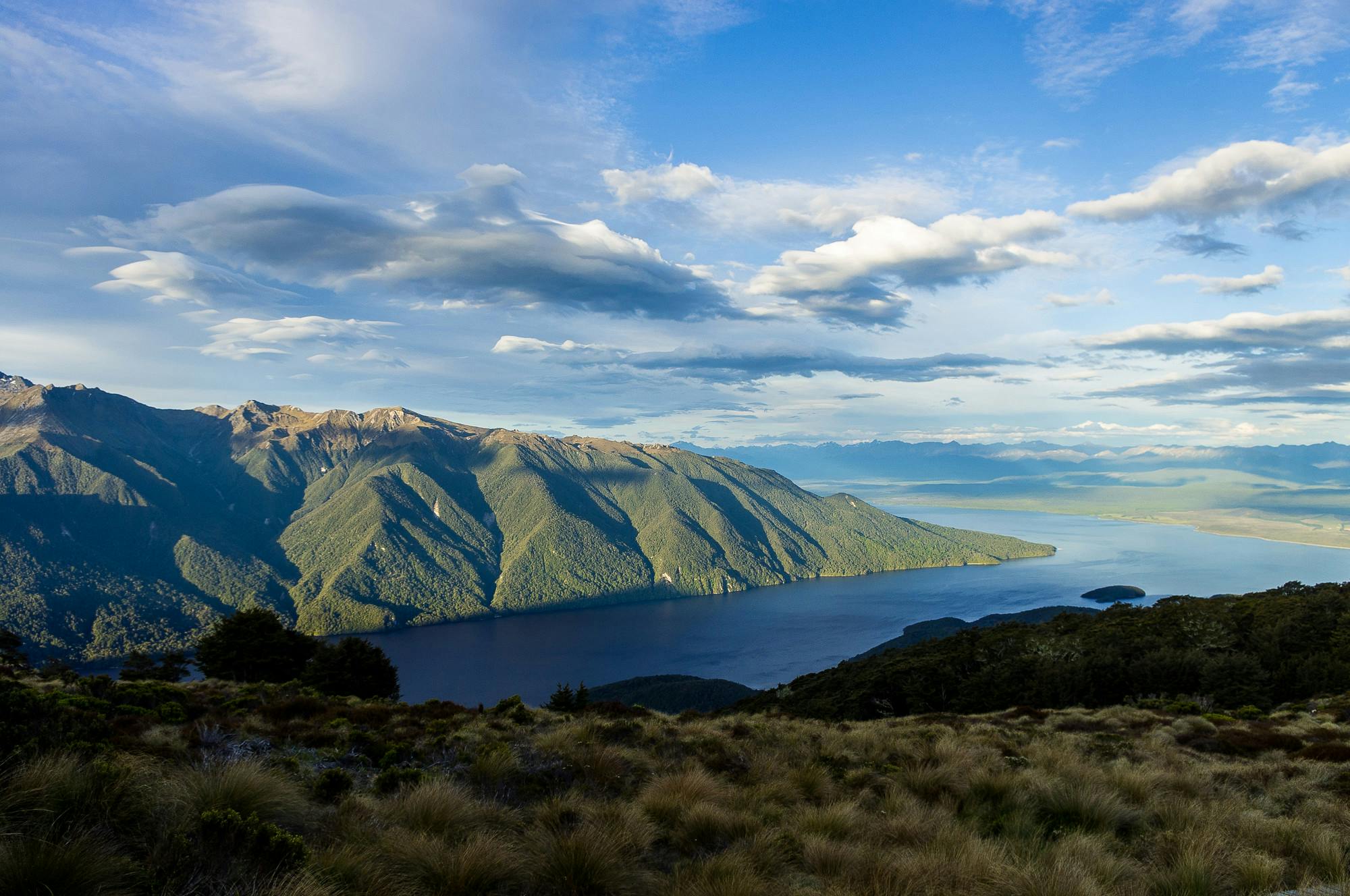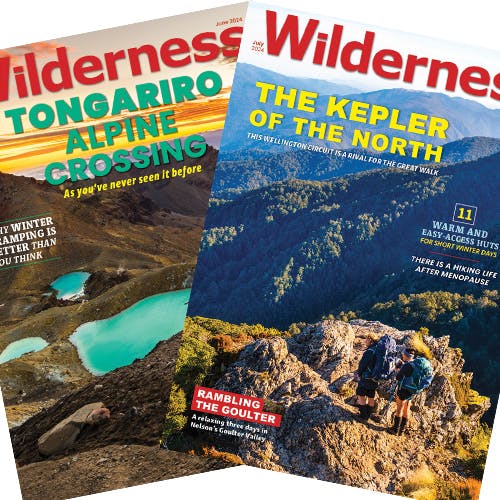A wrap of the biggest stories and best writing about the outdoors from New Zealand and around the world.
The Sydney Morning Herald has compiled a list of the world’s five best new guided hikes, and a Fiordland trip has made the list.
The three-day hike is dubbed a “tramp taster” and samples bits of three great walks including the Milford, Routeburn and Kepler tracks. While purists may scoff at the fact that the package includes hotel stays instead of huts, it is a clever way to beat the permitting system.
Also on the list are 10-day hikes through Europe’s Balkans, in the Georgian mountains and a historical pilgrimage trail in Japan. A three-day walk in the footsteps of English kings has also made the list.
Eruptions on Whakaari/White Island could mean ‘eruption episode’
The first eruption was captured by GeoNet’s Whakatāne camera on Friday. A gas plume was seen rising between two to three kilometres above the island. After the eruption, the Volcanic Alert Level was raised to three.
An observation flight on Friday afternoon showed that geyser activity was stronger than scientists had seen in the last few months. It found the volcano was regularly ejecting material 20 to 30 metres high for several seconds.
On Saturday, footage from the Whakatāne web camera captured another steam-gas plume above the island and confirmed “intermittent energetic ejections of steam and gas were again occurring”. Midday on Saturday, there was a third short-lived eruption.
“It was difficult to determine if or when further eruptions occurred on Sunday,” GeoNet said. This was due to clouds covering the island. A flight on Monday provided a chance for its scientists to see the active crater, which showed the crater lake had changed significantly due to the eruptive activity. As of Tuesday morning, the alert level remained at level three. Get the latest updates from GeoNet.
Climber Alex Honnold crushes solo speed record in Yosemite National Park
Alex Honnold broke another record on El Capitan, rope soloing the iconic Salathe Wall (5.13b or 5.9 C2) almost fast enough to cut the existing standard in half.
Honnold tagged the El Cap summit just 11 hours, 18 minutes after he left the ground on Thursday, he told the San Francisco Chronicle. The previous solo record on the Salathe was just under 20 hours.
That mark briefly belonged to Brant Hysell, a Lake Tahoe-based climber who ticked the route in 19 hours, 58 minutes on May 11. His 12-day stint at the top of the Salathe speed pile ended a decade-long reign by Cheyne Lempe, who posted a 20:06 run in 2013.
Honnold claims he didn’t set the record sooner because Lempe is his friend. “When it was my friend who held [the record], it would have felt weird to go and dunk on him,” Honnold explained. “But if it’s someone I don’t know, it’s like, game on!”
Climbing limits coming to Mount Fuji
Those who want to climb one of the most popular trails on Japan’s iconic Mount Fuji will have to book a slot and pay a fee as crowds, littering and climbers who try to rush too fast to the summit cause safety and conservation concerns at the picturesque stratovolcano.
The new rules for the climbing season, starting July 1 to Sept. 10, apply to those hiking the Yoshida Trail. 4,000 climbers will be allowed to enter the trail per day for a hiking fee of 2,000 yen ($21 NZD). Under the new system, climbers must choose between a day hike or an overnight stay at the several available huts along the trail.
A symbol of Japan, the mountain called “Fujisan” used to be a place of pilgrimage. Today, it attracts hikers who climb to the summit to see the sunrise. But the tons of trash left behind, including plastic bottles, food and even clothes, have become a major concern.
221,322 people climbed Mount Fuji in 2023, and more are expected this year. Read the full story from AP News.
Hike in the lush mountain paradise of the Azores
1500km out in the North Atlantic stretches a rain-swept chain of volcanic islands, the Azores, a distant province of Portugal. The trails are often challenging and rocky, winding like calligraphy along mountain streams. There are birds everywhere — flocking through the branches, filling the forest with dizzying layers of song.
On a day shaped by washes of cloud and sun, Inês Pereira Rodrigues of Lisbon leads the way up a steep trail, part of a network of trekking routes that crisscross the island of Sao Miguel.
“It’s very lush, looks almost like a tropical forest,” Rodrigues says. There are head-high ferns and trees that look ancient. “It’s gorgeous, really gorgeous.”
People sometimes compare the forests of the Azores to scenes in the film Jurassic Park. It can feel jungle-like. But temperatures in the North Atlantic tend to be temperate, not tropical.
There’s also a lot of rain, soaking downpours that blow in swiftly from the grey ocean. Because of the rain, and the challenging terrain and the lonely location of these islands, there’s also a sense of solitude. Read the full story from NPR.







